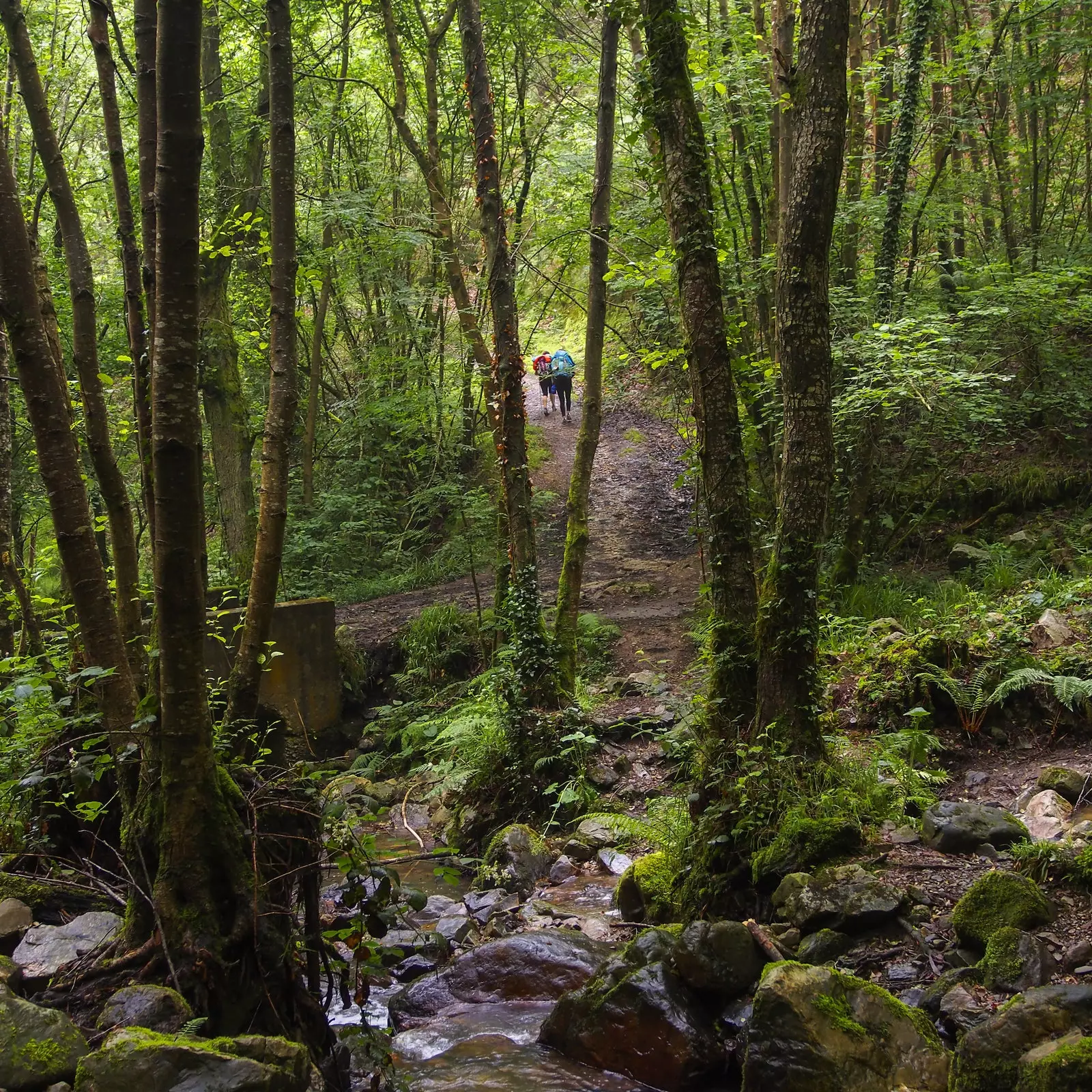
Nonaya River Trail
Was the Pope Callistus II who granted Compostela, in the year 1122, just three centuries after the foundation of the city, the jubilee privilege. This concession, known as Holy Year (or Xacobeo) , promised plenary indulgences for those pilgrims who visited the Apostle the years in which the July 25 coincided on a Sunday.
2021 is Xacobeo Year , and as such, it will be a year of great celebrations. Since the last one, in 2010, the world has changed a lot, but the Santiago's road remains unchanged and the Jacobean Year continues to be cause for celebration. As it passes through Asturias, the Way has three main variants, the Primitivo, that of the Coast and that of Salvador . All tours offer a unique opportunity to discover the region at the leisurely pace that only walking tours allow.
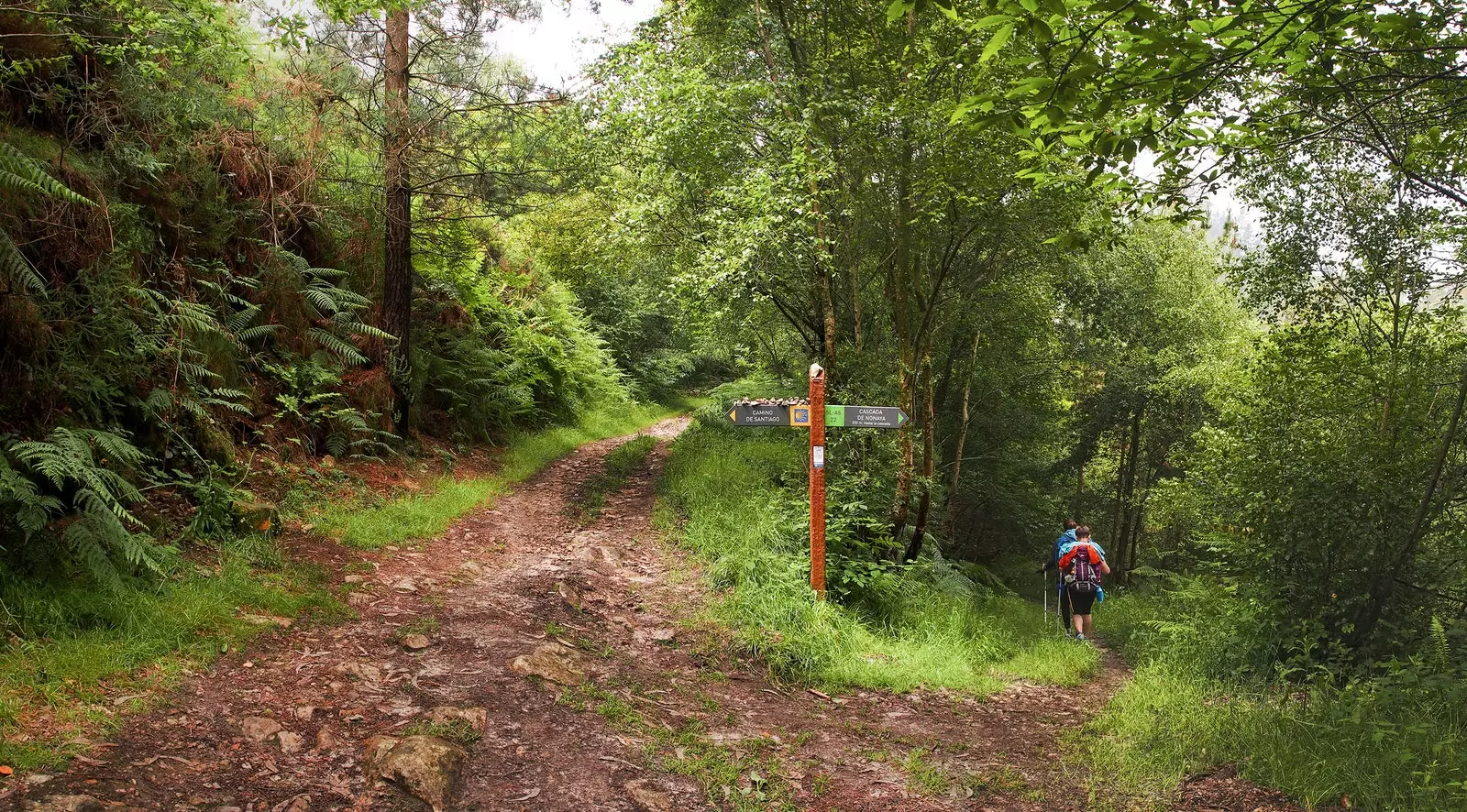
Fork in the Primitive Road (Salas - Bodenaya)
PRIMITIVE ROAD
The first Jacobean route in history of which there is news was completed early 9th century . According to legend, the bishop responsible for the diocese of Iria Flavia located in the westernmost part of the Kingdom of Asturias he went to court Asturian King Alfonso II to tell him that a hermit had found in the Libredon Forest a sepulcher in which they believed that the remains of the apostle Santiago lay.
The monarch, with a convulsive situation in his kingdom – internal skirmishes and the war of reconquest who fought against the Muslims-, found in this discovery a way to bring good news to his subjects, feeding the fable that the Asturian territories were blessed , and giving his enemies reason to worry.
Although there are no reliable historical sources, the most accepted theory is that the Asturian king and his acolytes , on their way to the tomb of the apostle in Gallaecia, they would have followed the Roman road that linked the current Lugo de Llanera, with Lugo. On his way through Asturias, the primitive road , which faithfully follows the itinerary that King Alfonso II gave as the first pilgrim to the tomb of the apostle, can be divided into seven stages, starting from Oviedo/Uviéu and passing through the current municipalities of Grau/Grado, Salas, Tinéu, Bourres, Pola de Allande, Berducedo and Grandas de Salime, to finish crowning the Puerto L'Acebu before entering Galicia.
Through green valleys and wooded mountains, the Primitive Way, which has 321 kilometers , is populated by spectacular landscapes, as well as heritage jewels that are worth visiting.
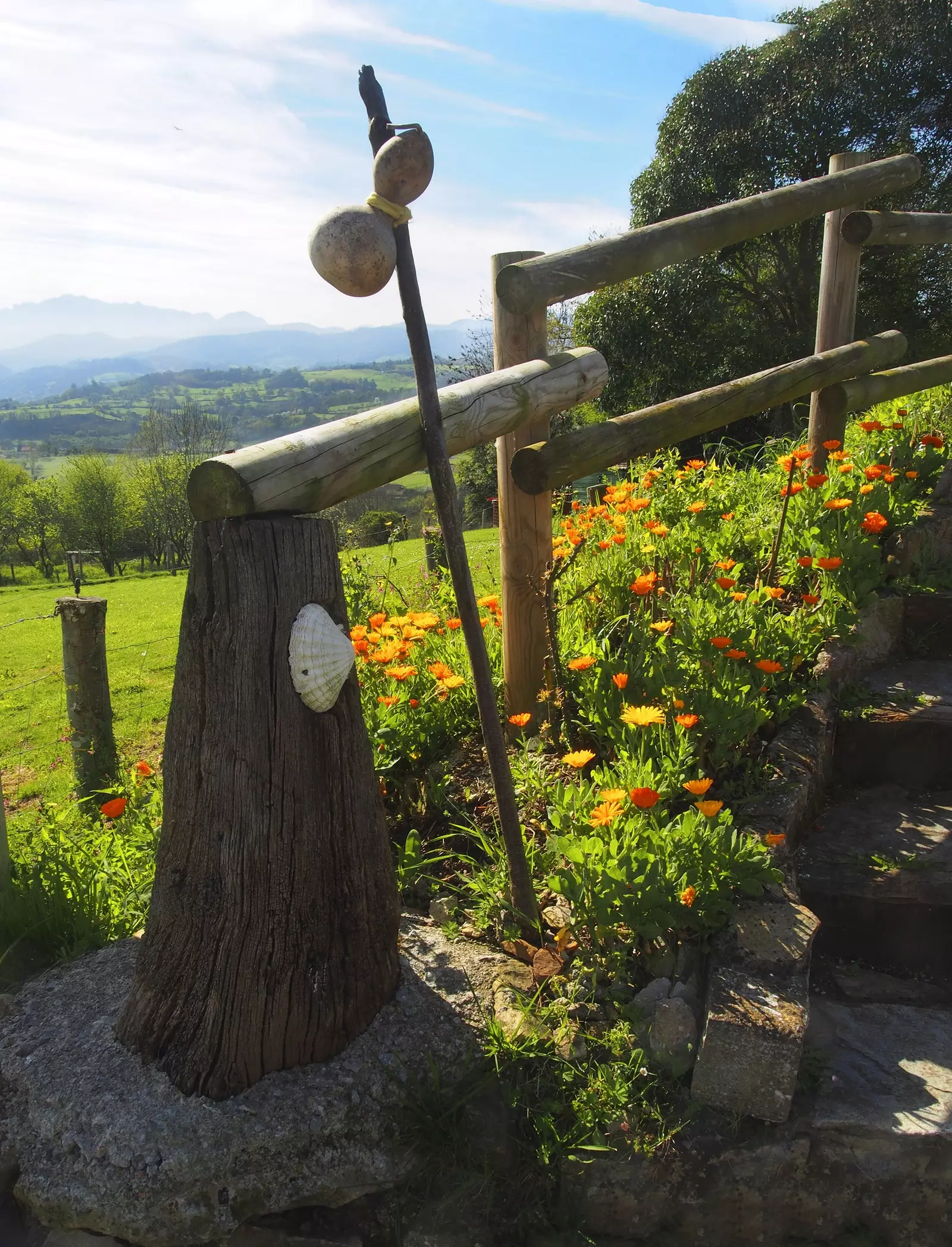
Entrance to the pilgrim hostel of San Juan de Villapañada
The Primitive Way has its starting point at the gates of the Oviedo/Uvieu Cathedral , a very peculiar Gothic-style building for having a single tower and in which rests the holy chamber , where relics as representative for Asturian culture such as the victory cross.
Due to the complicated orography of the territory, a large part of the councils that this itinerary runs through remained quite far from the central spine of the region as they lacked infrastructures that connected both areas. Maybe that's why, the wild landscapes and the towns and villages of southwestern Asturias retain all the charm of another time.
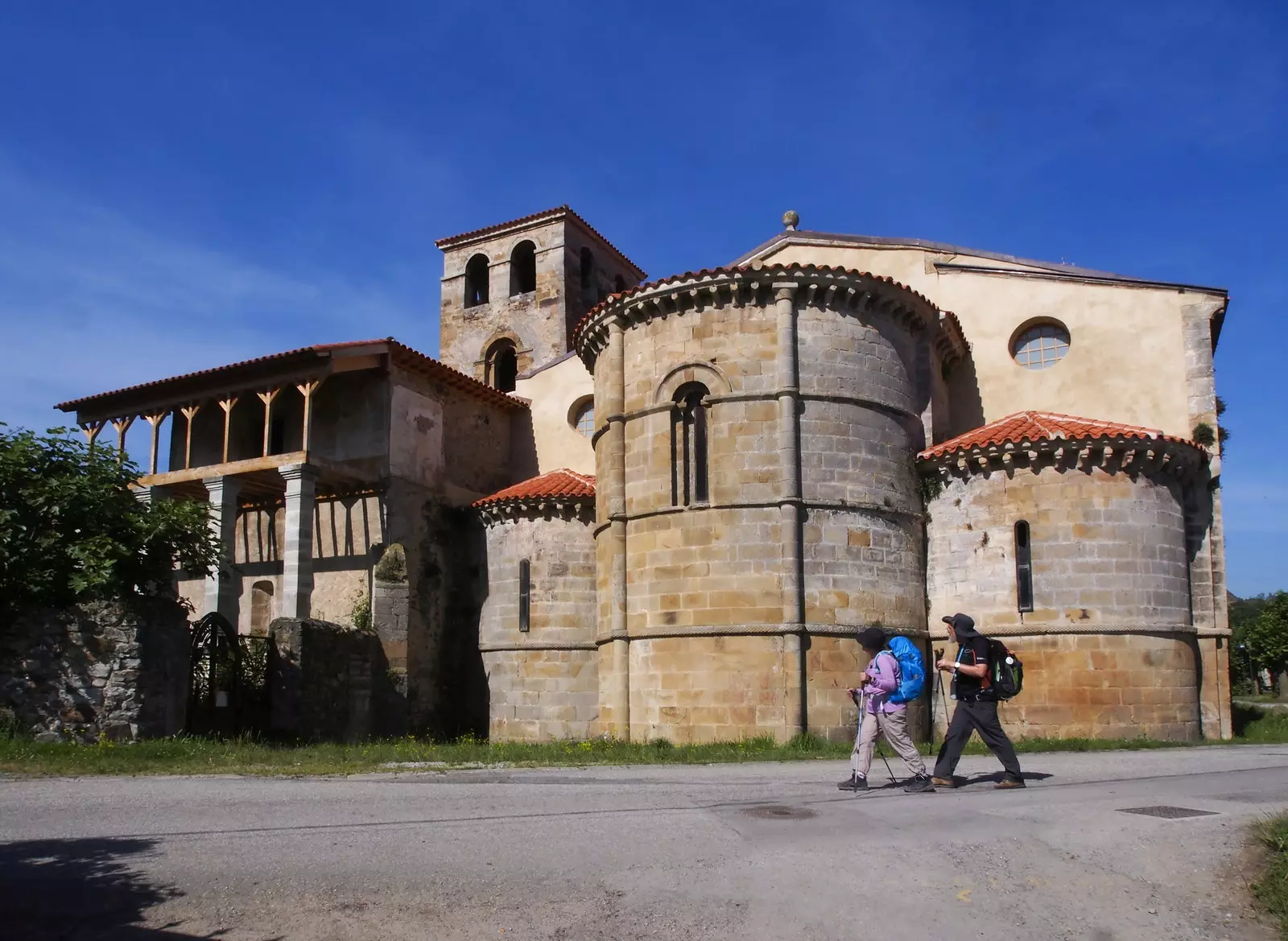
Monastery of San Salvador de Cornellana
Along the route you can enjoy the exquisite gastronomy of the region , as well as from landscapes of great beauty and a still very unknown heritage. The Romanesque and Baroque styles are in the monastery of San Salvador de Cornellana, while the collegiate church of Santa María la Mayor in Salas houses the remains of Fernando de Valdés , the founder of the University of Oviedo/Uviéu . In this medieval town you must not miss out on trying the professor's sweet carajitos, while in Tineu don't give up the chosco, a unique pork sausage. Very close to port of the stick is located the village of Montefurado , whose name refers to the gold mining operations founded by the Romans. In Grandas de Salime awaits the Chao Samartín , a castro dating from the 4th century BC and that it has an immense patrimonial value for all the clues that it throws on the castro culture.
COAST ROAD
This route, a journey of 815 kilometers which crosses the north of the peninsula following the steep line of the coast, since its inception it has become the path most used by those pilgrims who began their journey by sea. The Camino de la Costa, also called Camino del Norte , is prior to the consolidation of the best known and busiest French Way , and is considered the prolongation of the so-called “ Soulac's Way ”, which runs through the west of France.
The Coast Path part of Irun and ends in the Galician capital , and as it passes through Asturias it is divided into thirteen stages, which They go from Bustio in the east to A Veiga/Vegadeo in the west . The path runs through rural districts, often framed between the sea and the mountains, landscapes painted in that green and blue so characteristic of Asturian geography. natural settings such as jesters of Pría in Llanes or later the Cabo Bustu in Valdés , coexist along the way with landscapes modified by the hand of man, as overwhelming as the cave of Tito Bustillo , one of the great paleolithic finds in the north of the peninsula, or the church of Nuestra Señora de los Dolores and the landscape in which it is framed . Located on the marsh that separates the towns of Barru and Niembru Seeing this majestic building as if it were emerging from the water and floating is an unforgettable sight.
Likewise, the Camino de la Costa offers various panoramic views of the legacy of the Asturian Indians, those emigrants who returned with the means to build large mansions on the land that one day saw them leave. The most notable example is the town of Colombres, where the Archivo de Indianos is located . In addition, the route passes both through the city of Gijón/Xixón like the one in Avilés , both with very well preserved historic centers.
This path offers a constantly open window to the Bay of Biscay, but it is worth stopping at Cadavéu to enjoy the views from the chapel of La Regalina . In addition, there are numerous beaches that it crosses, from the sandy area of San Antolín, in the east, to the Concha de Artedo , in the west.
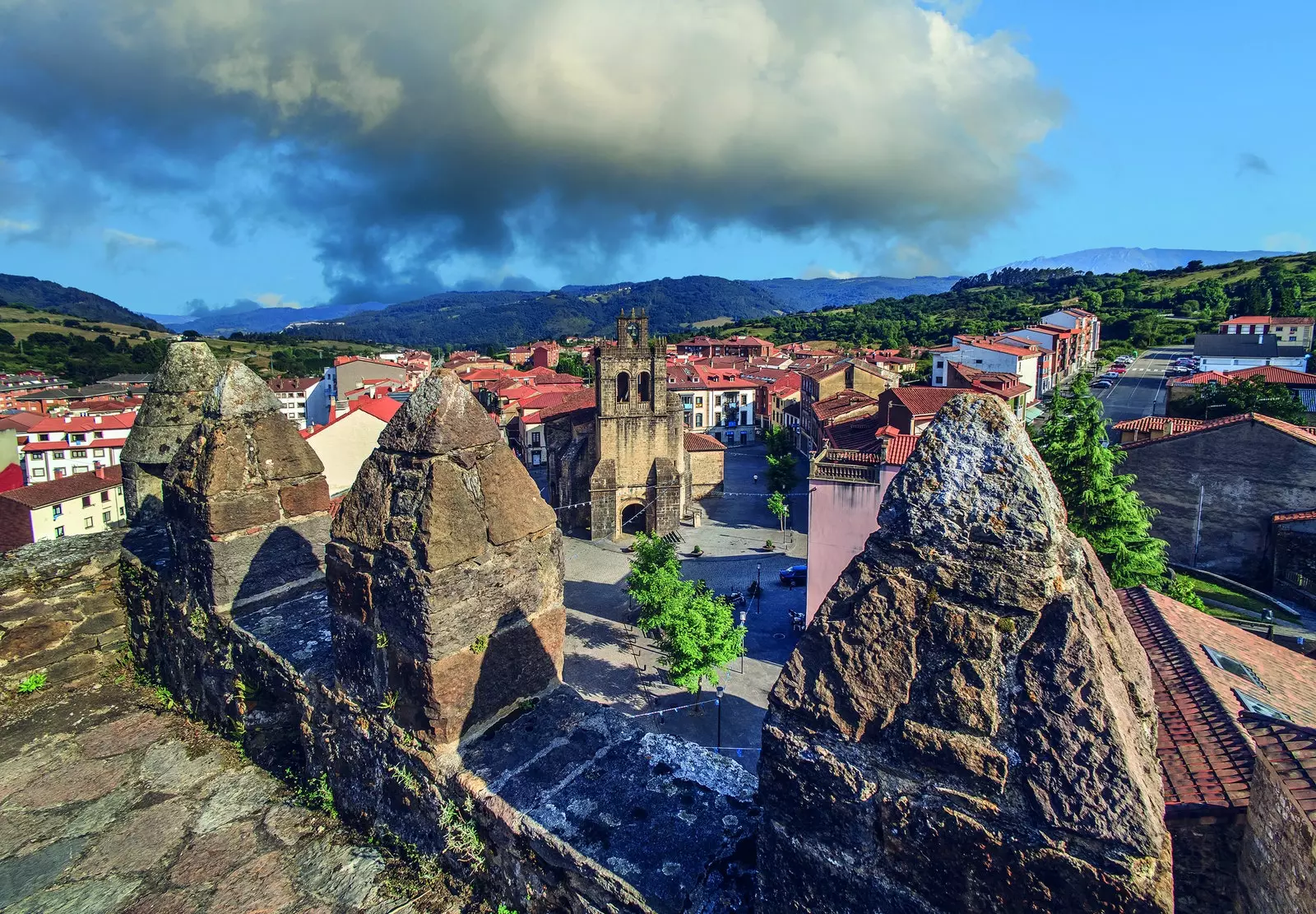
Collegiate Church of Santa María la Mayor in Salas
ROAD OF THE SAVIOR
This route, a mountain route that part of León and is divided into five stages , emerges as a detour of the French Way and offers two options, well finish in Oviedo/Uviéu, or connect with the Camino Primitivo . This itinerary highlights the moment in which King Alfonso VI, at the beginning of the 11th century, proceeded to the opening of the Holy Ark . Inside, various relics of great value had been preserved for centuries. Always according to sources of the time, the Holy Ark housed remains of the shroud of Jesus, thorns from the crown of him or a sandal of St. Peter , highlighting the symbolic Holy Shroud, which reinforced the position of Oviedo/Uviéu as a key point on the Jacobean routes to Santiago. For this reason, many pilgrims who followed the route of the French Way, once they arrived in León, decided to cross the Asturian-Leonese mountain to visit Oviedo/Uviéu and continue their pilgrimage from there, linking up with the Primitive Way.
Also, the Holy Ark provided its own entity to the Asturian capital to become a place of pilgrimage in its own right.
The route, whose hardest stage is the ascent to Puerto de Payares , runs along the mining basin, an opportunity to discover an important part of the industrial heritage of the region . In addition, this route allows you to enjoy one of the Asturian pre-Romanesque jewels, the church of Santa Cristina de Lena.
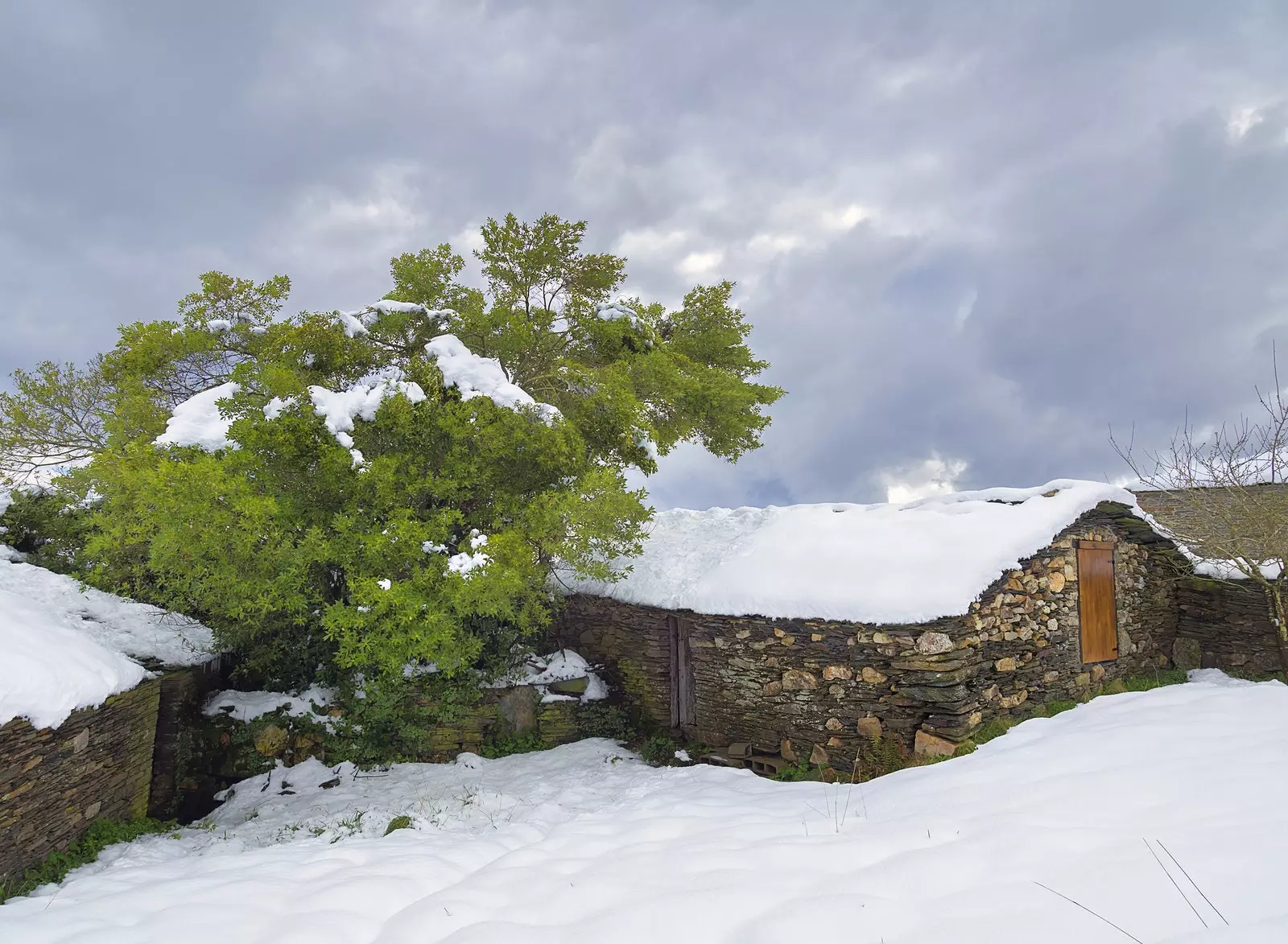
Snowy village of Montefurado
Asturias, with its incomparable nature, its mountains and streams full of life, a heritage that is sometimes very unknown and the hospitality of its people, is the perfect setting in which to forge unforgettable memories of the Camino de Santiago. It is often said that the Camino gives more than it receives, therefore, regardless of the route chosen, the Camino never disappoints.
